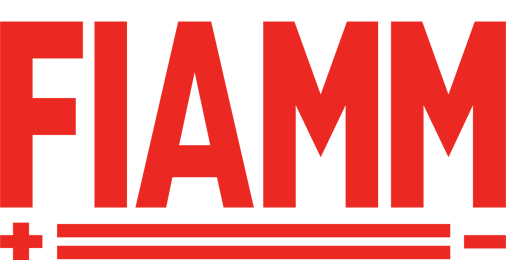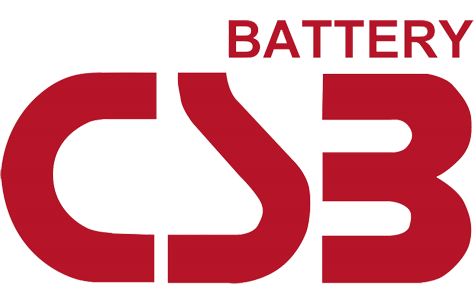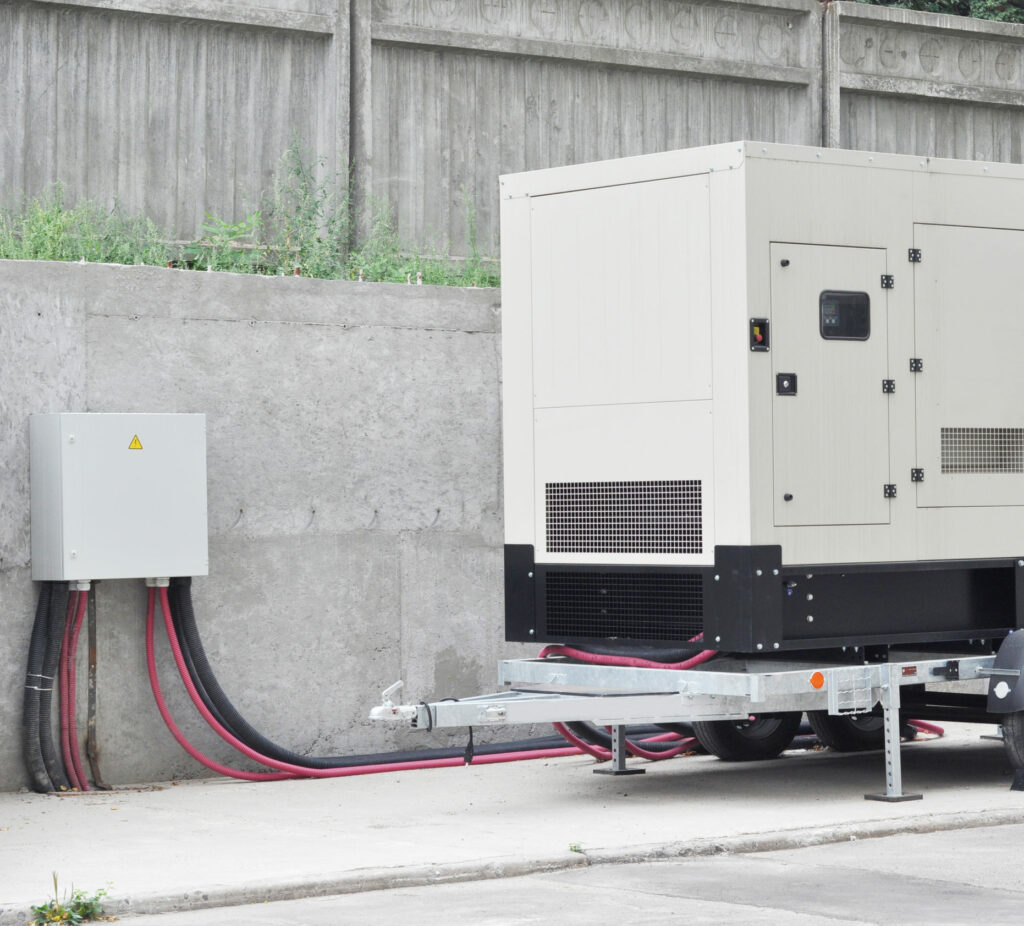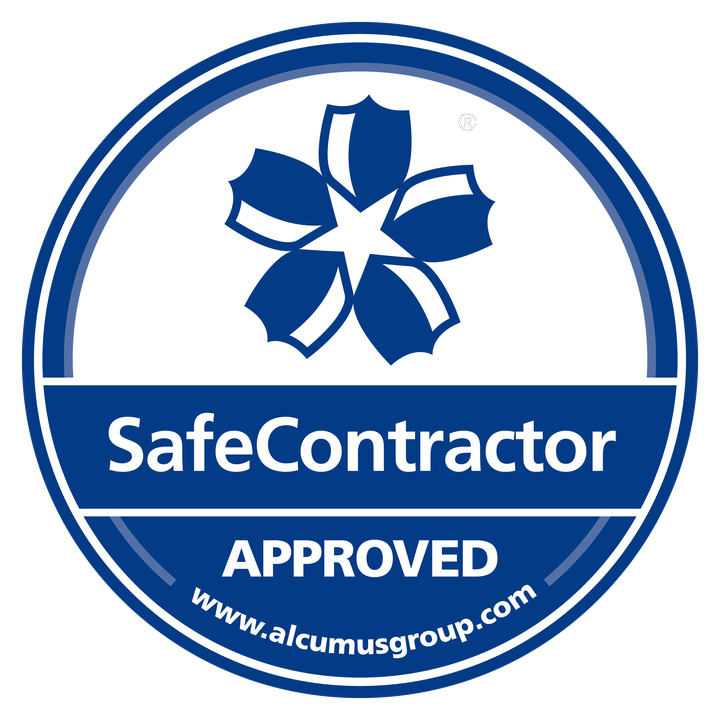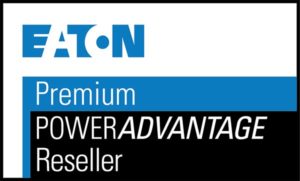How Much Power Does My Equipment Need?
Determining the power requirements of your equipment ensures your UPS can handle the load efficiently. You can check the power consumption (in watts or VA) on the device's label or specifications.
Use this basic formula:
- Watts (W) = VA × Power Factor (typically 0.6 to 1.0)
- Add up the wattage of all connected devices.
- Choose a UPS with a higher capacity than the total wattage required.



